1,577 days, 2,409 entries ...
Newsticker, link list, time machine: HOLO.mg/stream logs emerging trajectories in art, science, technology, and culture––every day
Documenting a half-century of DIY publishing, “Copy Machine Manifestos: Artists Who Make Zines” opens at the Brooklyn Museum. A tremendous undertaking, more than one thousand artists’ zines and publications emerging from the unruly 1970-2020 North American punk and queer underground are featured. Artist-publishers including Tom Jennings and Mimi Thi Nguyen present their Xerox handiwork and an online archive of selected zines opens access to the rich collection.
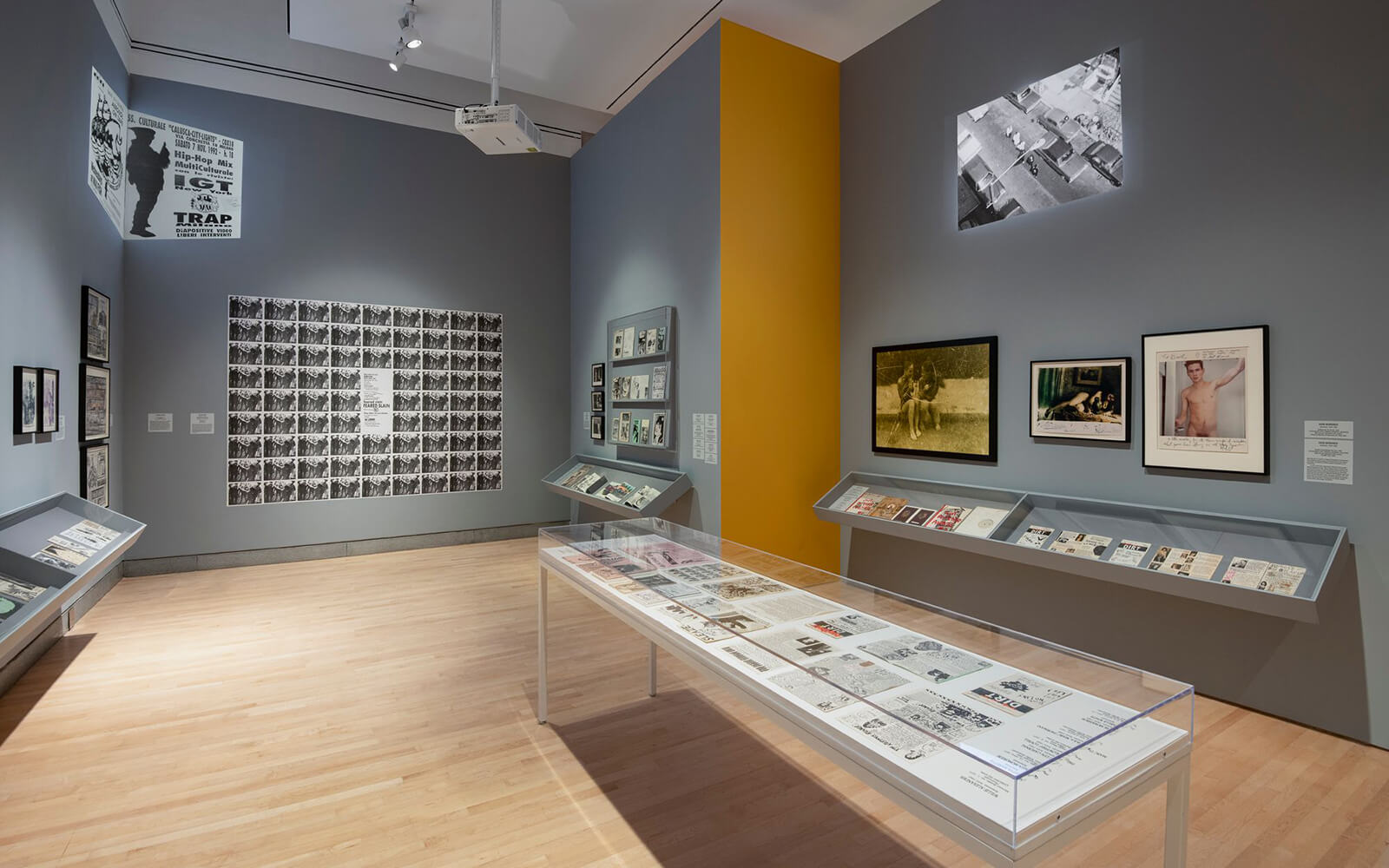
Exploring sound across the ages (and over the Atlantic Ocean), “Resonaciones. An embrace to awake” opens at IFA Gallery Stuttgart. Inspired by the ancient Peruvian whistling vessels in the Linden Museum collection, the Institut für Auslandsbeziehungen presents art and environments by artists and culture workers Carolina Arévalo, Francisca Gili, Nicole L’Huillier, and Bettina Korintenberg that weigh the impact of colonialism and how soundscapes function as “a living and permanently changing archive.”
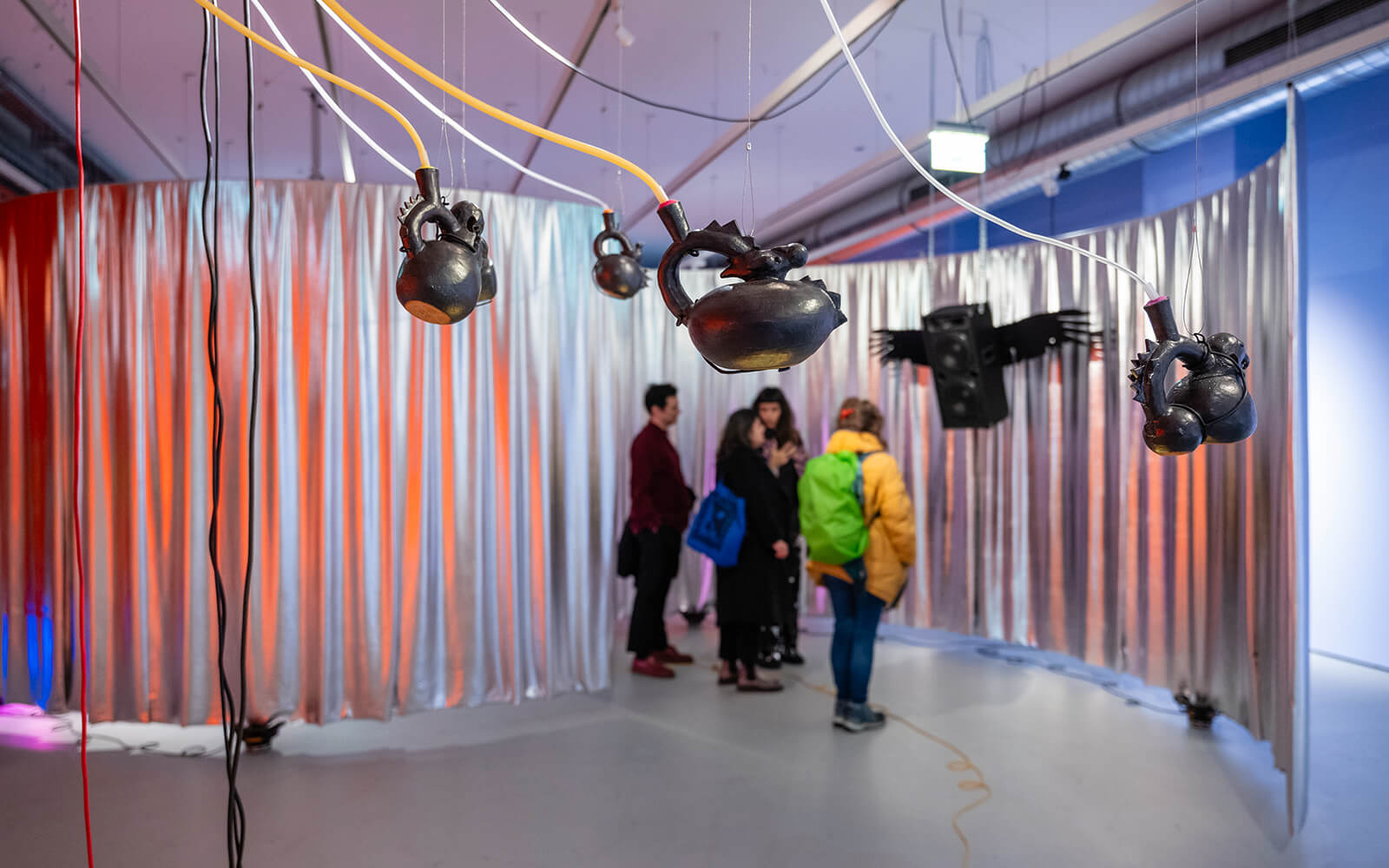
Making vital chapters of San Francisco counterculture history accessible to all, Gray Area launches the Whole Earth Index. An online archive, the site presents page-by-page scans of every issue of Whole Earth Catalog (1970-88), Whole Earth Review (1985-96), and affiliated publications created by Stewart Brand and collaborators. Produced by Barry Threw, the archive was designed and developed by collaborators Mindy Seu and Jon Gacnik, while hosting (and posterity) is provided by Internet Archive,
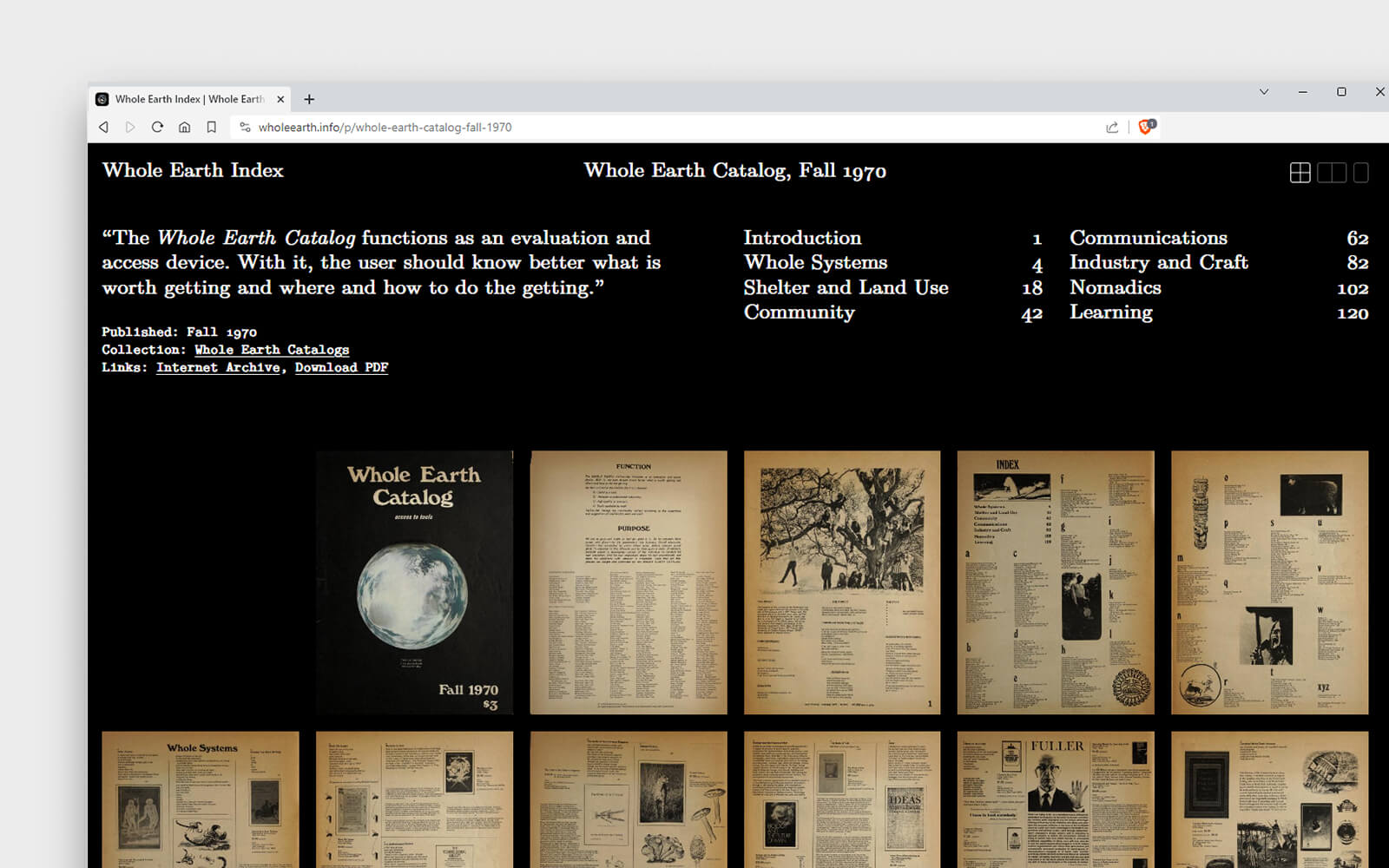
“Alexandra Asanova Elbakyan has strived to shatter academic publishing’s monopoly-like mechanisms in which publishers charge high prices even though authors of articles in academic journals receive no payment.”
Ottawa’s Artengine launches the CanCon AV Index (CAVI), a search engine that “fences off sections of YouTube,” isolating videos by 500 Canadian arts organizations. Ambitiously, the project team of Ryan Stec, Najeeba Ahmed, Julie Gendron, and Ashlee Conery scraped 33,000 videos (and metadata)—yielding a treasure trove of lectures, artist talks, and panels. Part alt-interface and part data liberation, CAVI rebuts against “optimizing to be machine-readable and playing the algorithm” (i.e. gambling for attention).
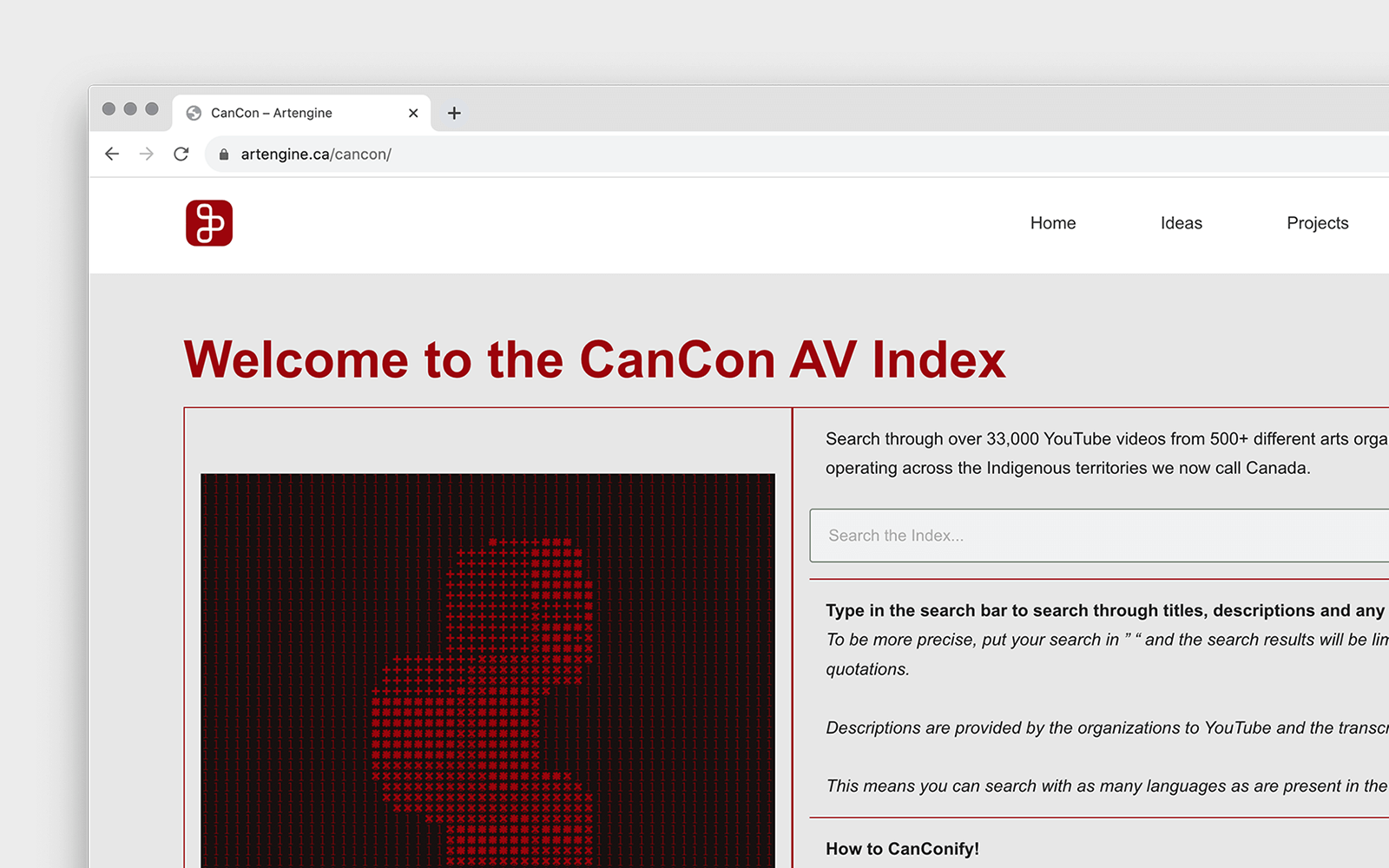
In the wake of its new After AI issue, the Australian art magazine Artlink revisits its special issues on digital media art practice, beginning with Art & Technology (image), published in 1987 in collaboration with the Australian Network for Art and Technology (ANAT) and Apple. Writer Julianne Pierce attributes this “prescient commitment” to founding editor Stephanie Britton’s exposure to holographics, digital animation, and computer-generated video in Adelaide’s Experimental Art Foundation (EAF).
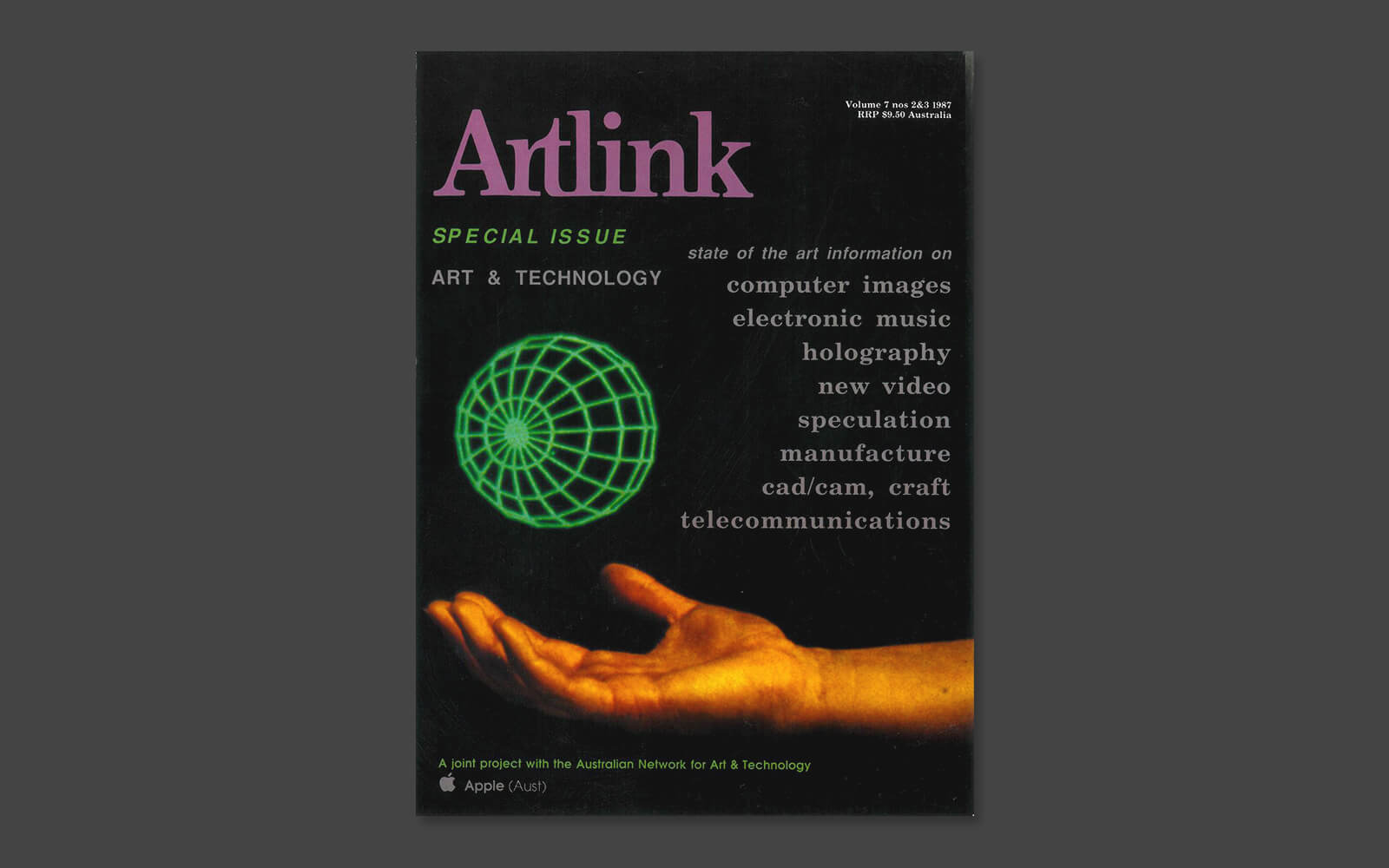
“During this time of war, pandemic, and economic upheaval people still found time to create beauty.”
Curated by Mitra Fakhrashrafi, “shadow work,” the flagship exhibition of the 11th edition of Vector Festival, opens in Toronto. Artists including Imogen Clendinning, Allan Pichardo, and Swarm contribute works probing tensions between rigid classification and lived experience. In Portals, Not Homes (2023, image), for example, Zoe Osborne and the Tamil Archive Project (Krish Dineshkumar, Nithursan Elamuhilan, Vasuki Shanmuganathan) turn childhood memories of shopping for imported goods into an immersive experience.
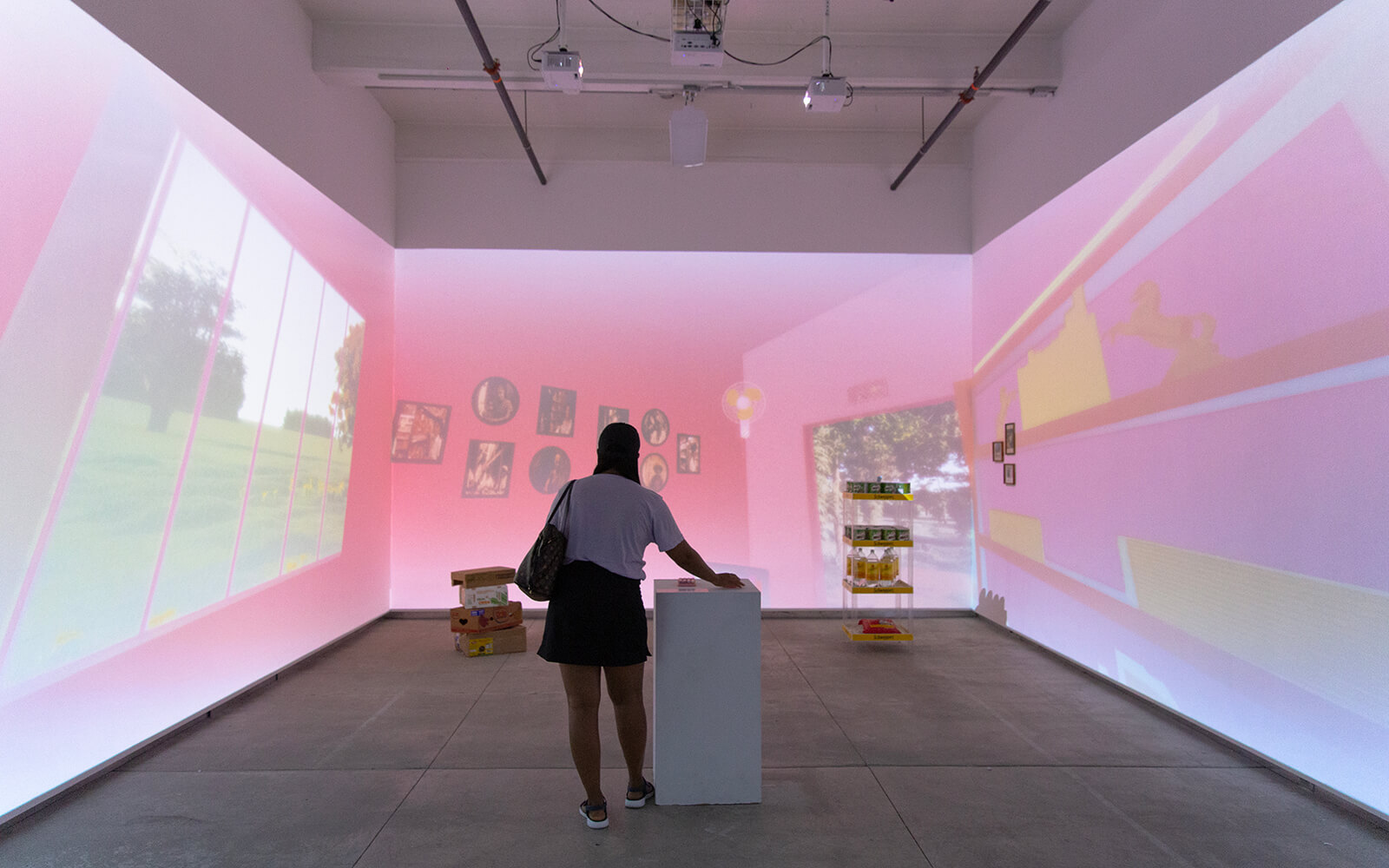
“I would pick a subject, write something on it, and then shrink the text to what I hoped were the essentials—banishing adjectives and dreck.”
“People think that everything lasts forever on the internet but it falls apart. Without real caretaking and maintenance, everything you make is destined to disappear.”
“Libraries are more than the customer service departments for corporate database products. For democracy to thrive at global scale, libraries must be able to sustain their historic role in society—owning, preserving, and lending books.”
The latest in a series of posts elaborating on their Digital Art & Design collection, V&A curators publish a concise history of 3D printing. From locating the roots of additive manufacturing in the XY plotter and stereolithography, through collected bio art and furniture design provocations by Heather Dewey-Hagborg (image: Radical Love, 2015) and Front Design, they reconcile the gap between the “futuristic dream” promised by the medium and the questions of ethics and utility its use has raised.
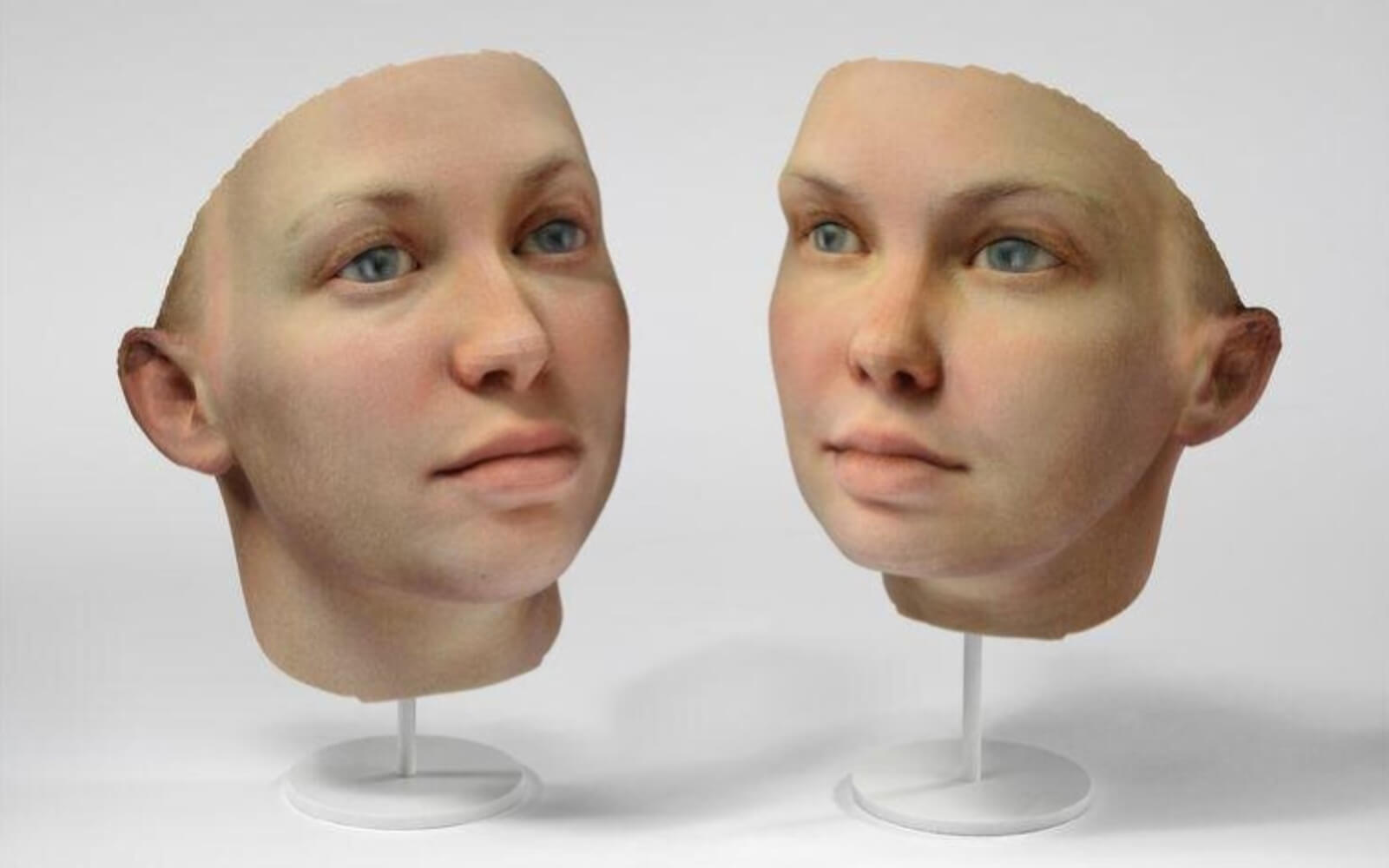
Mindy Seu
Cyberfeminism Index
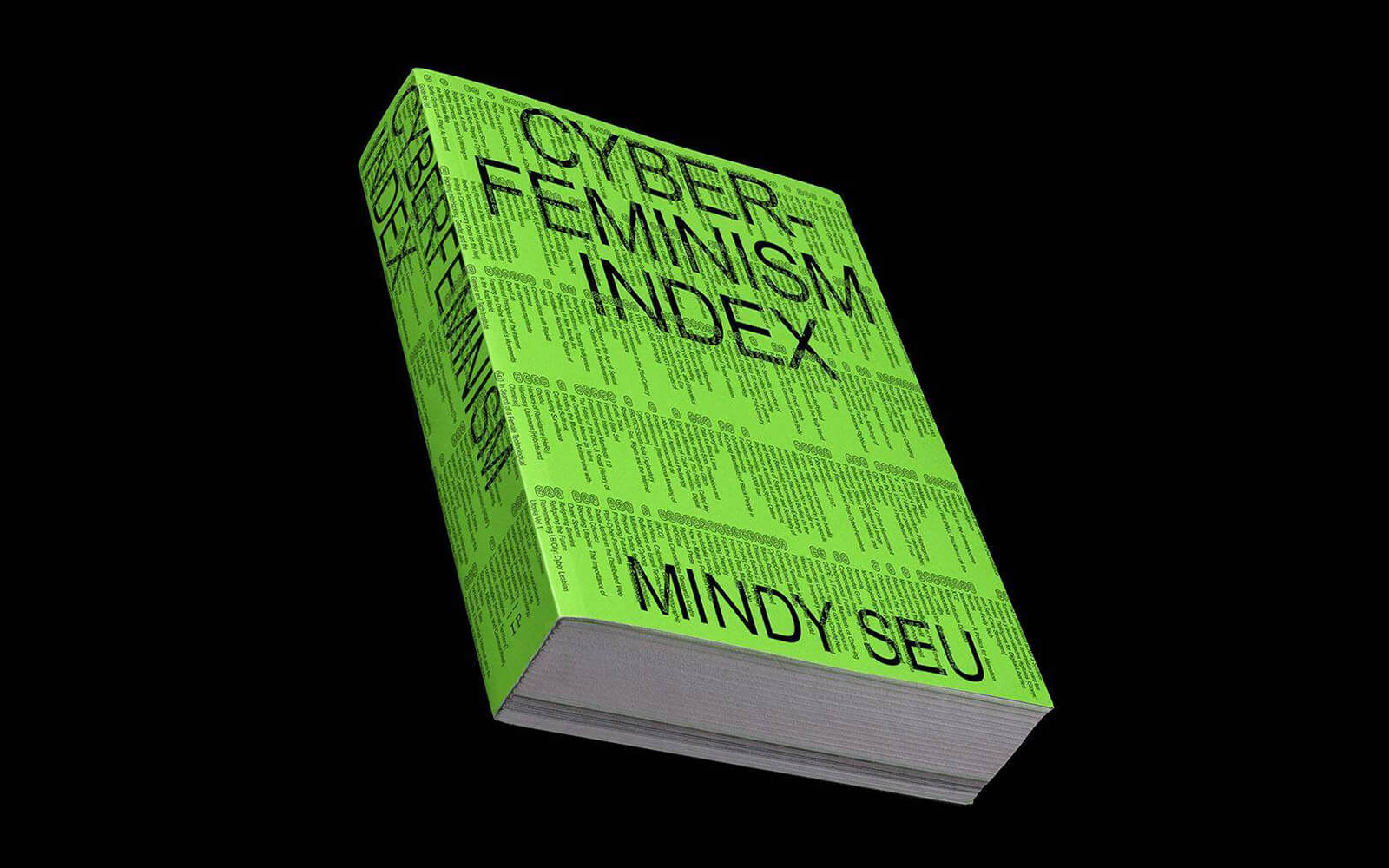
“IMAGE CAPITAL,” an exhibition organized by Estelle Blaschke and Armin Linke, opens in Essen, Germany. Arguing ‘photography is information technology,’ the show (and companion website) explores six themes: memory, access, protection, mining, imaging, and currency. Tracking the photograph across contexts including scientific imaging and archives (image: Max Planck Institute, 2018), the curators ask “when and under what circumstances did images become operational?”
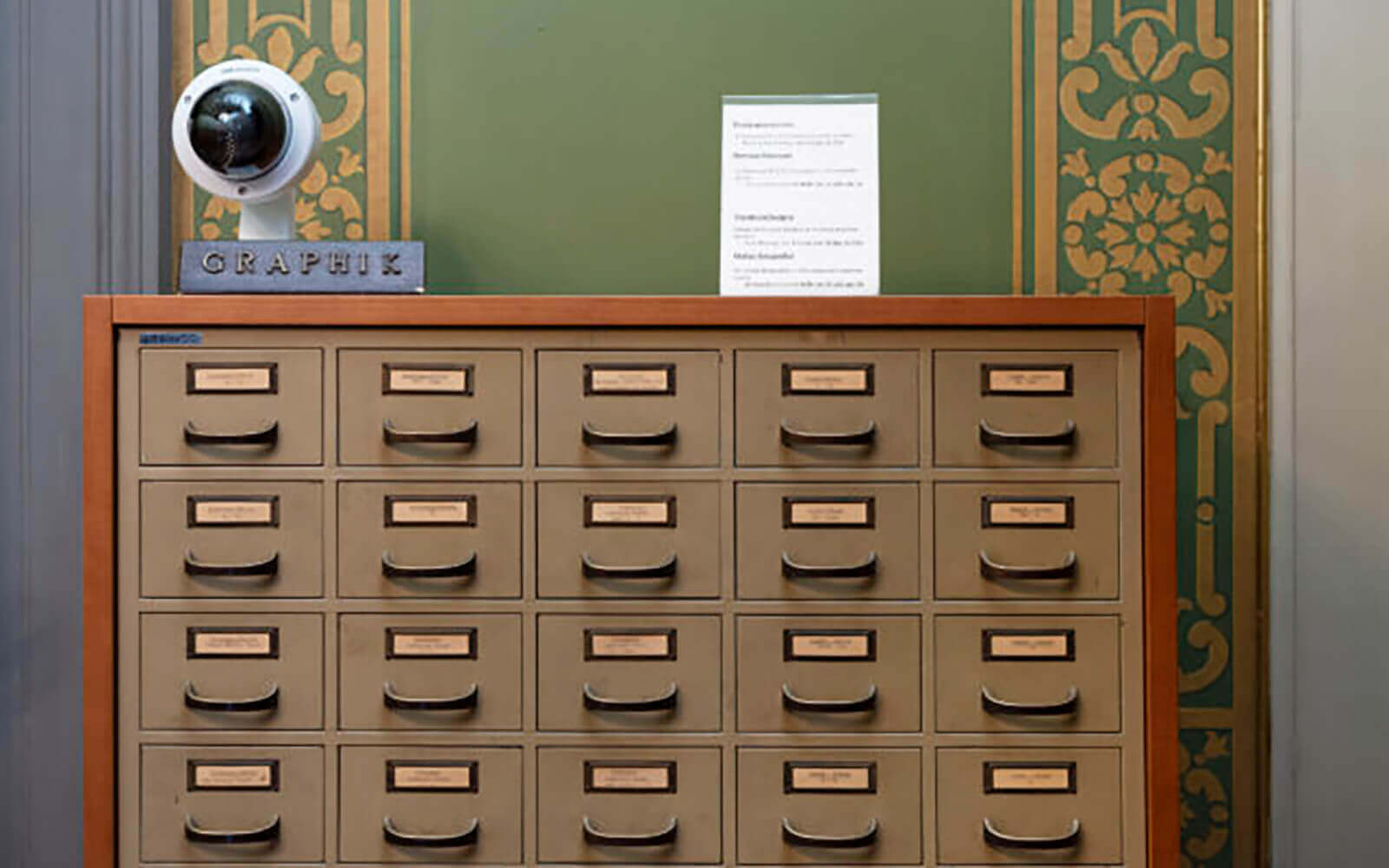
“The content moderation algorithms that Tumblr implemented to institute its ban on ‘pornographic’ content was comically inept—with tragic consequences. Many LGBTQ+ archives lost their entire catalogues overnight with no redress and no way to recover their lost content or user base.”
“Unruly Archives,” an exhibition surfacing traces of “the global footprint of warfare and organized violence,” opens at The Blackwood in Mississauga, Canada. Curated by Amin Alsaden, conflict-focused works by Emily Jacir, Walid Raad, and Zineb Sedira are included. Iraqi artist Ali Eyal’s contribution 6×9 doesn’t fit everything (2021, image), for example, chronicles the heartbreak and frustration he felt when ridiculed by U.S. soldiers, after his father’s car was incinerated.
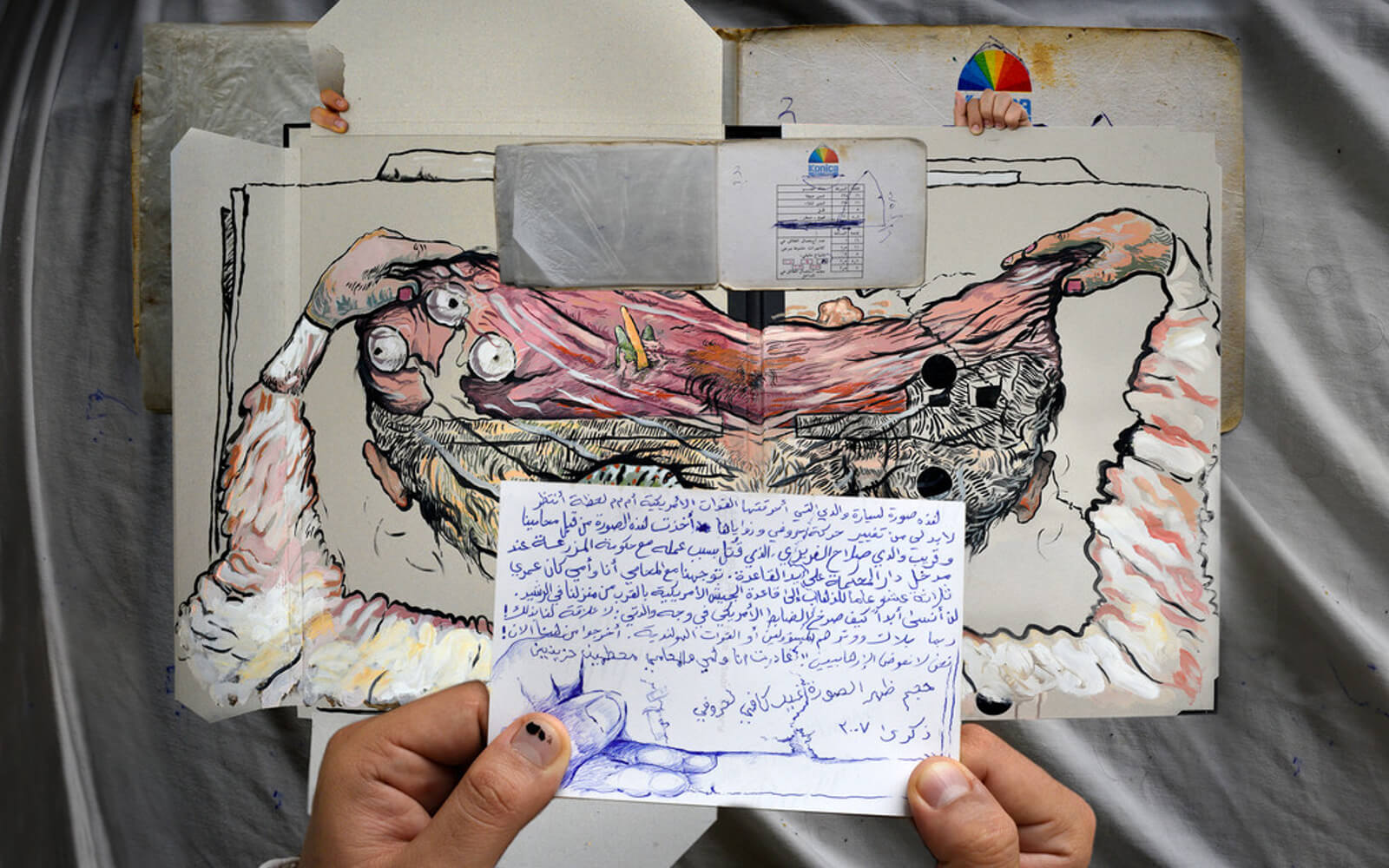
The Henry Ford Museum of American Innovation in Dearborn, Michigan, announces the acquisition of the Lillian F. Schwartz collection. Comprising films and videos, 2D artwork and sculptures, personal papers, and computer hardware, the material documents the “expansive and inquisitive mindset” of the Bell Labs veteran. Born in 1927, Schwartz was “present at the birth of digital art” and pioneered “computer-based work at a time when artists had to defend it as a viable medium.”
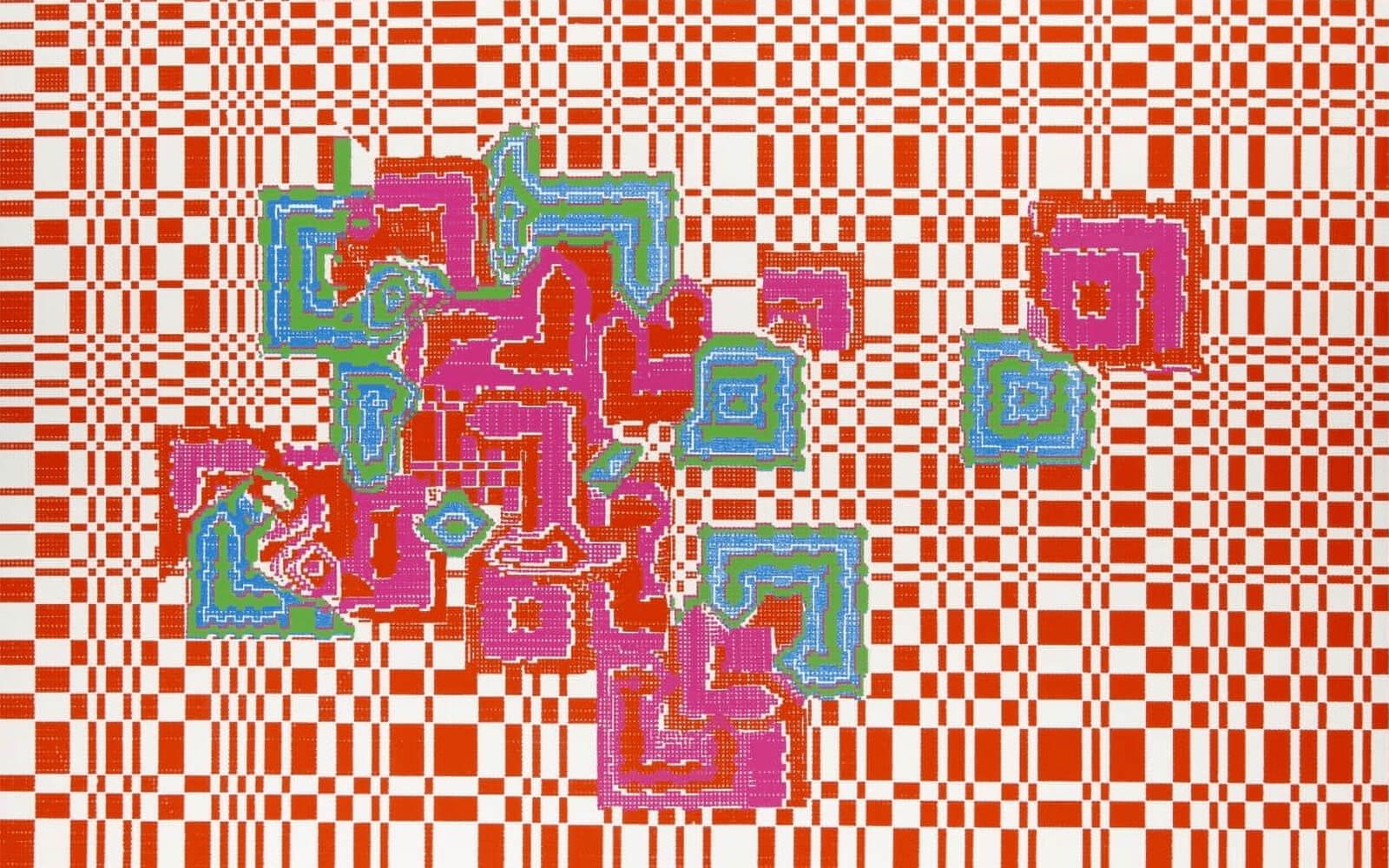
“It’s like a perpetual project that refers to the labour of building an archive that can sustain itself, and also being open to revision forever as a feminist, anti-racist and anti-colonial project.”
From “Cybernetic Serendipity” (1968), to the first Ars Electronica (1979), to SFMOMA’s “010101: Art in Technological Times” (2001)—Wolf Lieser’s Digital Art Museum website adds a neat event timeline that lets visitors scroll through a genre chronology. The feature is one of several additions (see the essay section) since the site’s major overhaul in 2020. Launched in 2000, the online museum (that precedes Lieser’s eponymous Berlin gallery) is one of the first internet resources on the history of digital art.
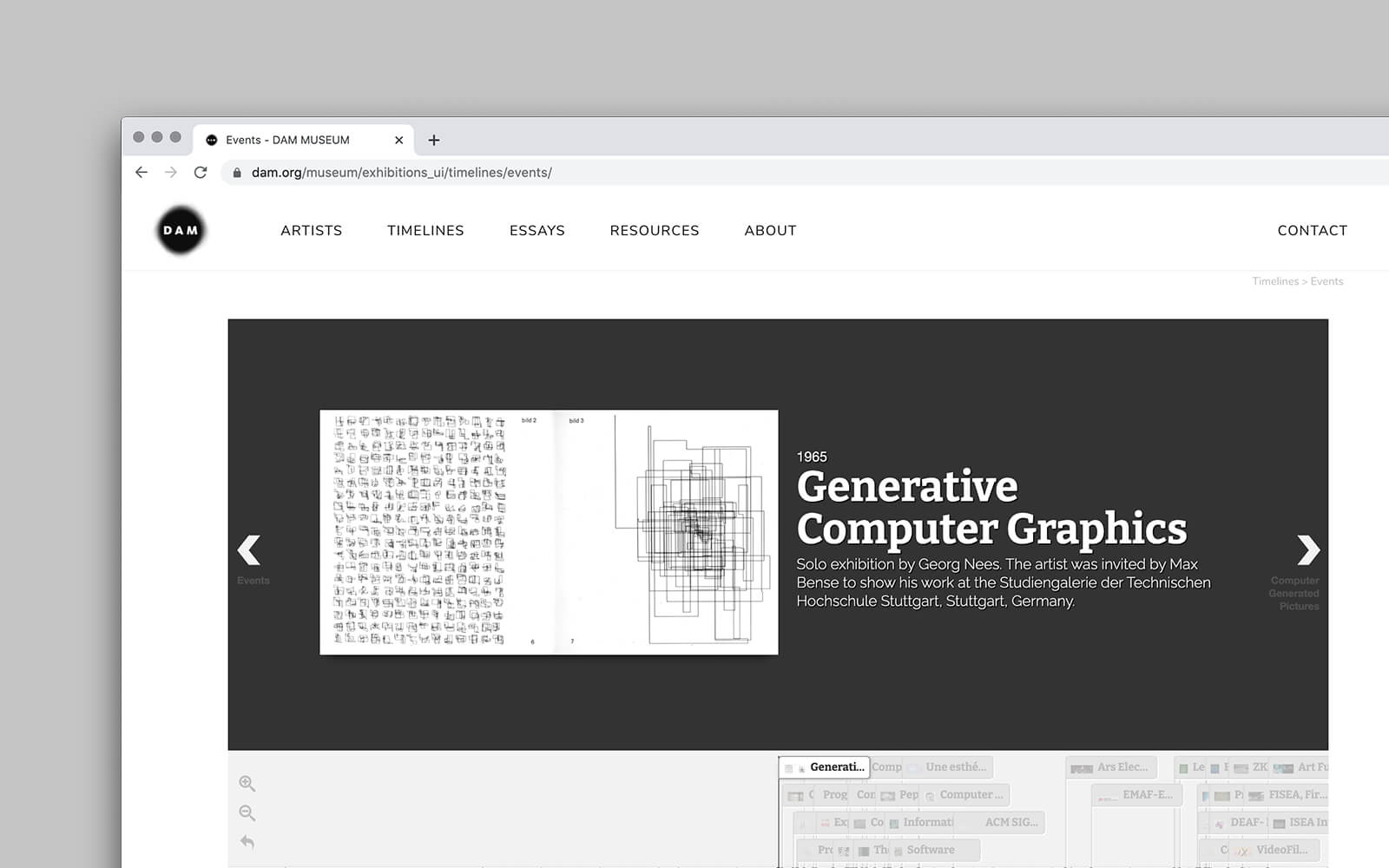
Daily discoveries at the nexus of art, science, technology, and culture: Get full access by becoming a HOLO Reader!
- Perspective: research, long-form analysis, and critical commentary
- Encounters: in-depth artist profiles and studio visits of pioneers and key innovators
- Stream: a timeline and news archive with 1,200+ entries and counting
- Edition: HOLO’s annual collector’s edition that captures the calendar year in print
